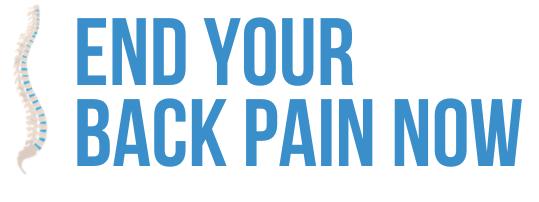The term “stability training” has been thrown around quite a bit in the last couple of years, as the fitness community has gone core training crazy. The problem is, however, most of the gimmicks being used for this so called stability training are simply entertaining at best, and unfortunately do not produce the kind of results that they are believed to.
The Issue of Stability:
Lower back stability, as well as stabilization of all joints in your body, is dependent first of all on optimal muscle balance. When muscle imbalances are present, meaning one muscle is stronger than its antagonist, the joint involved becomes distressed as it fights to maintain its homeostasis.
For example in the lower back, two muscles that have a relationship include the abdominal muscles, and the back extensors. The abdominals have the job of flexing the spine, which flattens the lower back, while the extensors extend the spine, creating an arch in the lower spine. More often than not, the spine has an excessive arch due to the prevalence of anterior pelvic tilt, particularly in the back pain population. This leaves the abdominal muscles in a “lengthened” state, and usually test weak.
In this situation, the lack of balance between the muscles that flatten and extend the spine creates a potential state of “instability” in the spine. It is a relative state, in that you may be stable picking up the newspaper in the morning, but when it comes to more intense efforts, such as playing a pickup game of basketball, or tennis, the instability becomes much more of an issue.
Correcting this stability issue involves identifying the weak muscles, which in this case would be the abdominals, and identifying the tight muscles, which again in this case may include the lower back muscles, and providing appropriate corrective procedures such as exercise and stretching.
The actual selection of exercises to do this would include the ones that work best to strengthen that muscle. If the abs are weak, then performing variations of the plank and/or crunch, will serve to strengthen them, and thus reduce the imbalance relative to the lower back muscles.
Corrective procedures must follow some form of flow, and make sense. Something more therapists need to be aware of, before starting to jump on the “core stability bandwagon”.
–Sam Visnic
